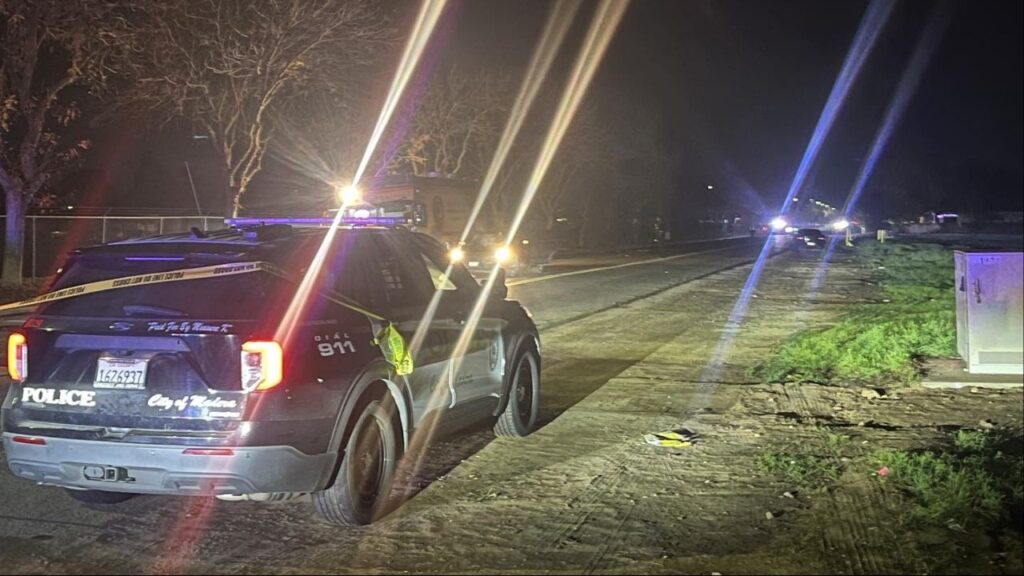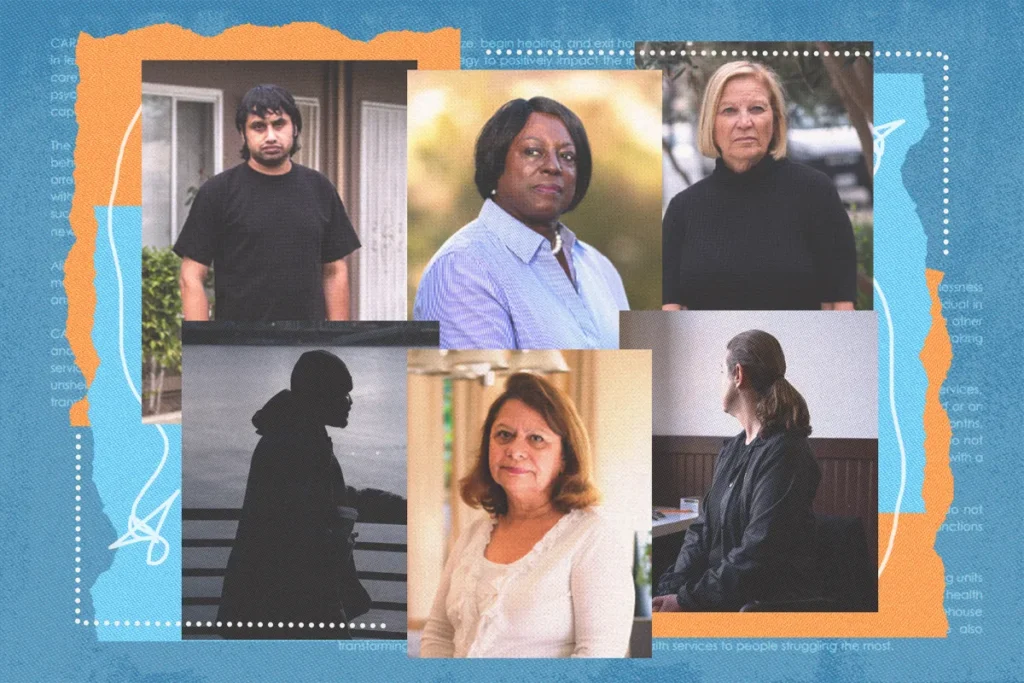Share
Gov. Gavin Newsom has from the start said his coronavirus policy decisions would be driven by data shared with the public to provide maximum transparency.
But with the state starting to emerge from its worst surge, his administration won’t disclose key information that will help determine when his latest stay-at-home order is lifted.
State health officials said they rely on a very complex set of measurements that would confuse and potentially mislead the public if they were made public.
After Newsom, a Democrat, imposed the nation’s first statewide shutdown in March, his administration developed reopening plans that included benchmarks for virus data such as per capita infection rates that counties needed to meet to relax restrictions.
It released data models state officials used to project whether infections, hospitalizations and deaths are likely to rise or fall.
As cases surged after Thanksgiving, Newsom tore up his playbook. Rather than a county-by-county approach, he created five regions and established a single measurement — ICU capacity — as the determination for whether a region was placed under a stay-at-home order.
In short order, four regions — about 98% of the state’s population — were under the restrictions after their capacity fell below the 15% threshold. A map updated daily tracks each region’s capacity.
At the start of last week, no regions appeared unlikely to have the stay-at-home order lifted soon because their capacity was well below 15%. But within a day, the state announced it was lifting the order for the 13-county Greater Sacramento area.
Suddenly, outdoor dining and worship services were OK again, hair and nail salons and other businesses could reopen, and retailers could have more shoppers inside.
Local officials and businesses were caught off guard. State officials did not describe their reasoning other than to say it was based on a projection for ICU capacity.
State Officials Projected Future Capacity Using a Combination of Models
“It was a good surprise, but we just didn’t see it coming,” California Restaurant Association president and CEO Jot Condie said. “We just don’t know what happens behind the curtain. It’s created logistical difficulties for the industry,” which scrambled to rehire staff and order food.
State health officials relied on a complex formula to project that while the region’s intensive care capacity was below 10%, it would climb above 15% within four weeks. On Thursday, it was 8%, roughly the same as when the order was lifted.
“What happened to the 15%? What was that all about?” asked Dr. George Rutherford, an epidemiologist and infectious-diseases control expert at University of California, San Francisco. “I was surprised. I assume they know something I don’t know.”
State officials projected future capacity using a combination of models.
“At the moment the projections are not being shared publicly,” Department of Public Health spokeswoman Ali Bay said in an email.
California Health and Human Services Agency spokeswoman Kate Folmar said officials are committed to transparency, providing twice-weekly updates on whether certain regions can relax restrictions. But she said projected ICU capacity is based on multiple variables including available beds and staffing that change regularly.
“These fluid, on-the-ground conditions cannot be boiled down to a single data point — and to do so would mislead and create greater uncertainty for Californians,” she said in a statement.
Condie’s association won in court last month after a judge ordered Los Angeles County to provide data supporting its restaurant dining closure order. No data existed, the county acknowledged.
“They’re making projections and decisions that have great consequence to people’s lives,” Condie said of state health officials. “It’s a public agency, so it’s just curious why they wouldn’t share the data, especially with the local health officers. They need advance warning as well.”
San Bernardino County spokesman David Wert said officials there aren’t aware of the models the state is using.
“If they do exist, the county would find them helpful,” he said.
Computer Models Must Take Into Account So Many Factors
Adding to the complexity, the state uses a weighted percentage to determine ICU capacity. COVID-19 patients tend to need longer care, penalizing regions like Southern California that have a higher proportion.
So when the state says Southern California and San Joaquin Valley regions have 0% ICU capacity, it means the bulk of patients in the ICUs are COVID-19 patients, not that there are no ICU beds, Rutherford said.
Dr. Lee Riley, chairman of the University of California, Berkeley School of Public Health infectious disease division, said he would base reopening decisions on current coronavirus cases rather than ICU projections, partially because most people who are hospitalized never require intensive care.
California Health and Human Services Secretary Dr. Mark Ghaly this week cited slowing hospital and skilled nursing home admissions and lower positivity and transmission rates as “rays of hope” for overburdened hospitals.
Yet the data model that he has repeatedly pointed to as key to planning among an array on the state’s website still shows hospitalizations bumping up over the next month, though projections flatten more each day.
The model is based on historical infection data that follows a pattern where about 12% of those with the virus get hospitalized and 12% of them end up in the ICU. The model’s projections do not account for changes in conditions, such as more vaccinations or a lifted stay-at-home order.
Computer models must take into account so many factors that they may be valuable only on a much smaller scale, experts said, perhaps to allow local officials to spot outbreaks or target vaccination campaigns.
“It doesn’t make sense to talk about projections for the whole state,” Riley said. The computer model Ghaly has been citing seems to be accurate “only afterwards, like Monday morning football … so I don’t take the modeling that seriously.”
While the San Francisco Bay Area seems to be improving, for example, Riley expects holiday-related cases to continue plaguing hard-hit Southern California for at least a couple more weeks and keep ICU space extremely tight.
Yet the state’s public model shows a roughly 30% decline in Southern California ICU patients over the next month even as hospitalizations flatten and deaths climb. The model shows a smaller but still significant decline in the equally hard-hit San Joaquin Valley.
“My reading of the tea leaves,” Rutherford said, “is that we’re at the very cusp of entering a period of falling case numbers.”
RELATED TOPICS:
Categories

7-Eleven Inc Says CEO Jeo DePinto to Retire


















